Unraveling The Mysteries Of 1999 KW4: A Binary Asteroid
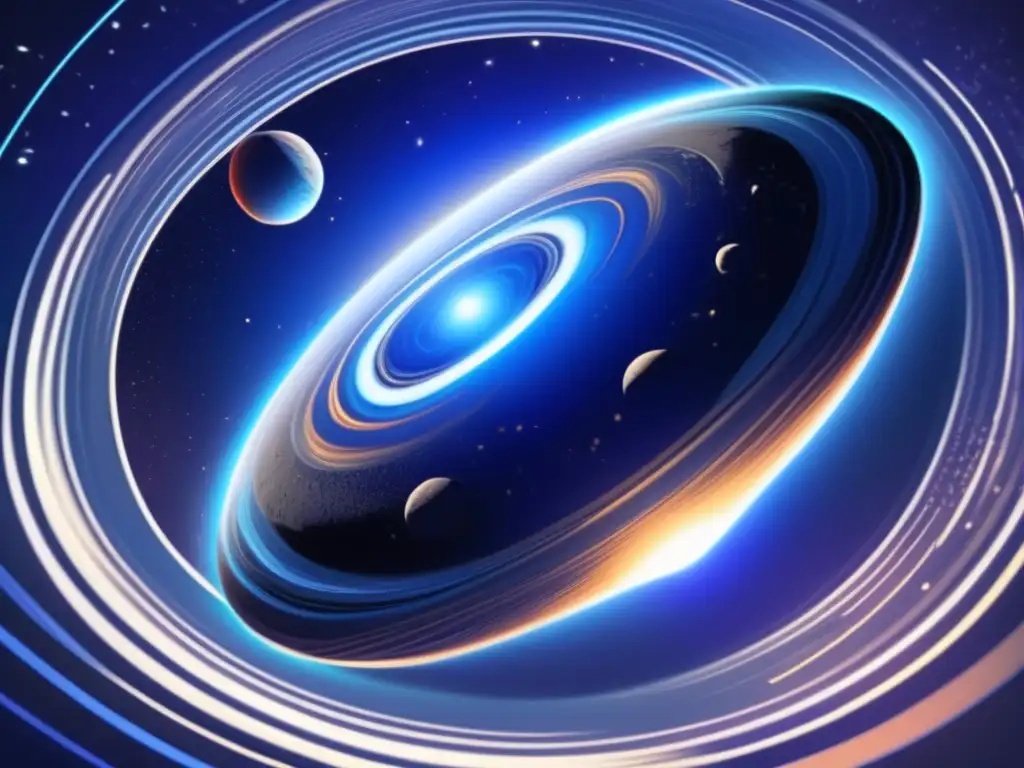
Introduction
Asteroids have long captivated scientists and space enthusiasts with their unique characteristics and potential impacts on our planet. In this article, we delve into the fascinating world of 1999 KW4, a binary asteroid that has puzzled researchers since its discovery. Join us as we uncover the mysteries surrounding this celestial object and explore its significance in the study of asteroids.
The Discovery of 1999 KW4
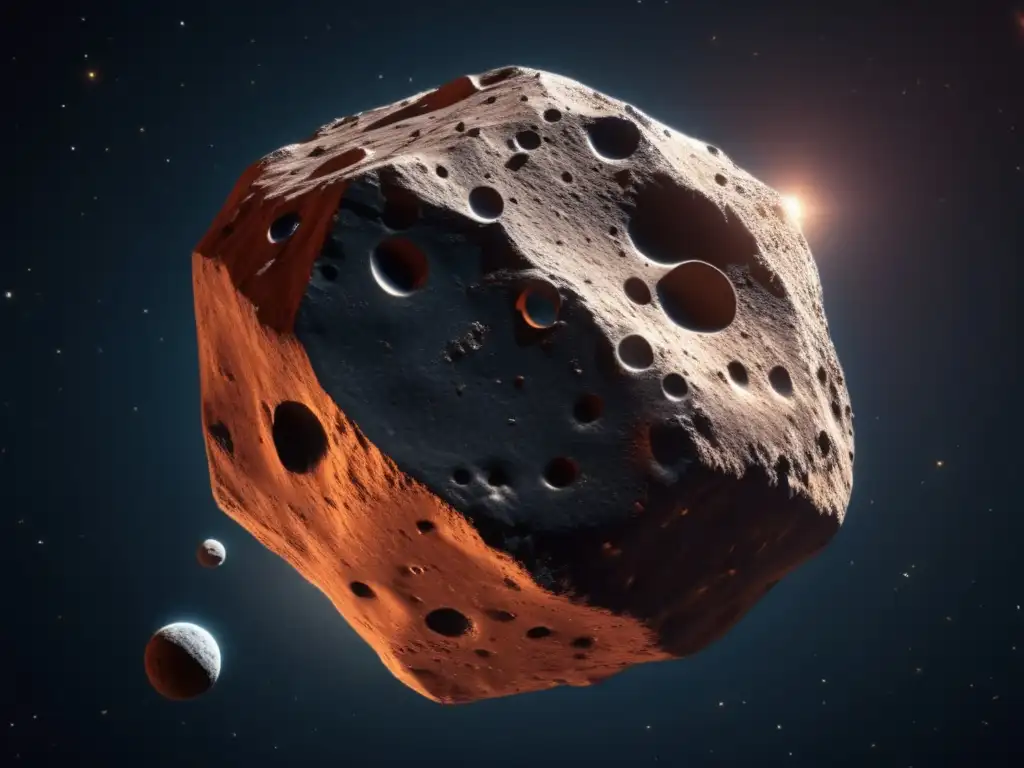
Early Observations
In May 1999, astronomers at the Lincoln Near-Earth Asteroid Research (LINEAR) program detected an unusual object during routine observations. Initial measurements indicated that it was an asteroid with an intriguing orbit, catching the attention of the scientific community.
Binary Nature Revealed
Further observations and analysis later revealed that 1999 KW4 is not just a solitary asteroid but actually consists of two distinct components orbiting each other. This discovery made 1999 KW4 one of the first binary asteroids ever identified, adding to its scientific significance.
Physical Characteristics
1999 KW4 is estimated to have a diameter of approximately 1.3 kilometers for the larger primary component, while the smaller secondary component measures around 0.5 kilometers. Both components are irregularly shaped, with the larger one resembling a dumbbell. The proximity of the two components raises intriguing questions about their formation and stability.
The Origin and Evolution of Binary Asteroids
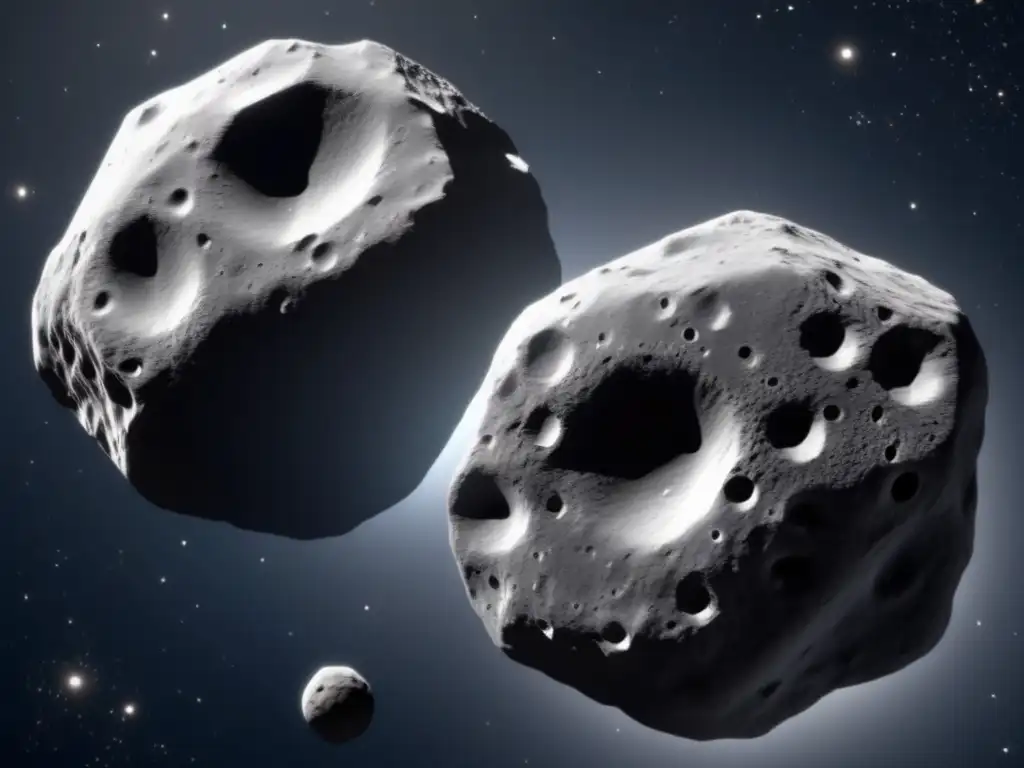
Formation Theories
Scientists have proposed several theories to explain how binary asteroids like 1999 KW4 form. One possibility is that they are the result of a collision between two parent asteroids, with the smaller component being a fragment ejected during the impact. Another theory suggests that binary asteroids may have formed through the gradual accumulation of smaller asteroids held together by gravity.
Dynamics and Stability
The dynamics and stability of binary asteroid systems are complex phenomena that require careful study. Factors such as the distance between the components, their mass ratio, and the individual rotation periods all play a role in determining the system's long-term stability. Understanding these dynamics can provide valuable insights into the formation and evolution of binary asteroids.
Implications for Planetary Defense
Binary asteroids, including 1999 KW4, have garnered attention due to their potential impact threat to Earth. The presence of multiple components creates challenges in predicting their trajectories accurately. Studying the dynamics and properties of binary asteroids contributes to improving our ability to assess and mitigate potential asteroid hazards.
Scientific Investigations and Observations
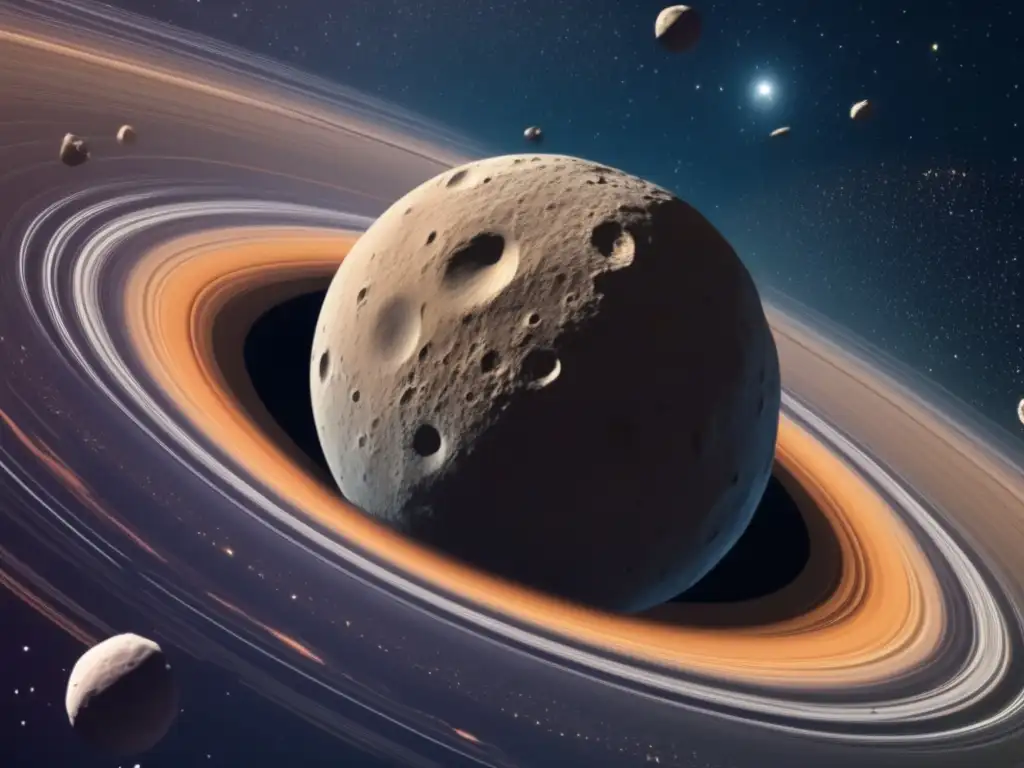
Radar Imaging
Using powerful radar systems, scientists have conducted detailed observations of 1999 KW4 to reveal its physical properties. Radar imaging provides high-resolution images of the asteroid's surface features, allowing researchers to identify craters, ridges, and other geological formations. These observations help unravel the asteroid's history and shed light on its composition.
Spectral Analysis
By analyzing the light reflected from 1999 KW4 at different wavelengths, astronomers have determined its spectral signature. Spectral analysis provides clues about the asteroid's composition, including the presence of various minerals and organic compounds. These findings contribute to our understanding of the early Solar System and the processes that shaped asteroids.
Future Missions
Given the scientific significance of 1999 KW4, there have been proposals for future missions to explore and study this binary asteroid in greater detail. These missions aim to deploy spacecraft equipped with advanced instruments to conduct in situ investigations, collect samples, and examine the dynamics between the primary and secondary components.
Frequently Asked Questions
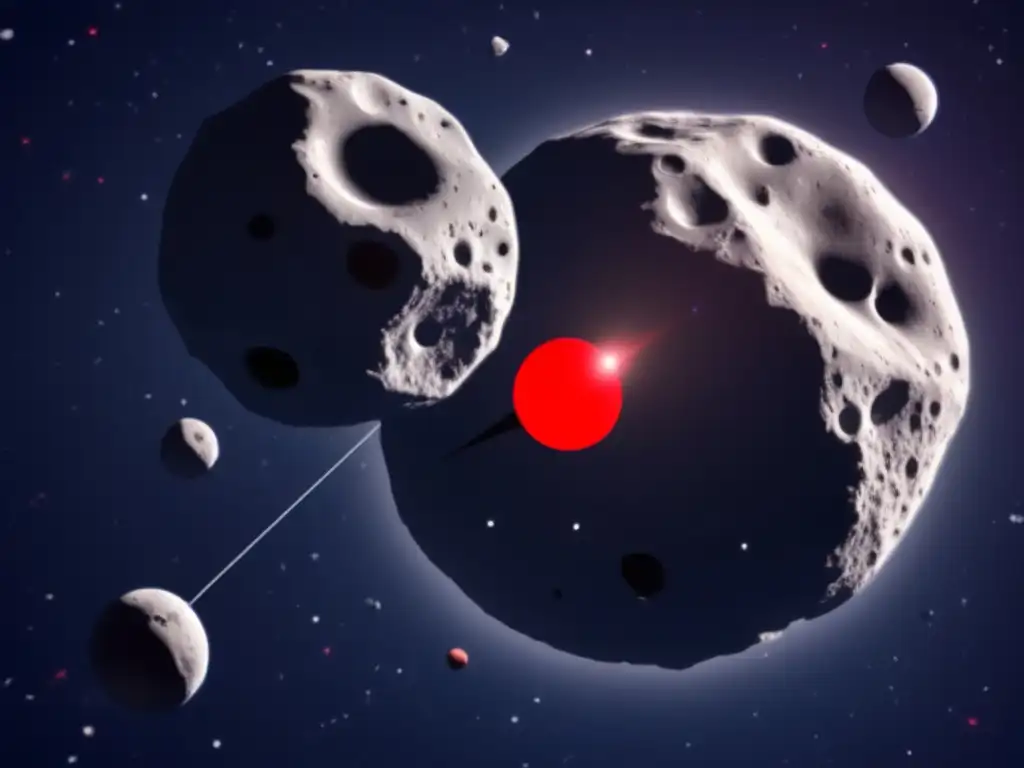
-
What is a binary asteroid?
A binary asteroid is a pair of asteroids that orbit around their common center of mass, serving as each other's moons.
-
How are binary asteroids formed?
Binary asteroids can form through collisions between parent asteroids or through the gradual accumulation of smaller asteroids held together by gravity.
-
Why are binary asteroids significant?
Binary asteroids provide insights into the formation and evolution of asteroids and can pose unique challenges for planetary defense efforts.
-
What techniques are used to study binary asteroids?
Radar imaging and spectral analysis are among the primary techniques used to study binary asteroids like 1999 KW4.
-
Are there plans for future missions to study 1999 KW4?
Yes, proposals for future missions aim to explore and study 1999 KW4 in greater detail using advanced spacecraft and instruments.
Conclusion
1999 KW4, as a binary asteroid, continues to intrigue scientists with its enigmatic nature and potential impact hazards. Unraveling its mysteries provides crucial insights into the formation, dynamics, and composition of asteroids. The study of binary asteroids contributes to our understanding of the early Solar System and enhances our ability to protect our planet from potential asteroid threats. Share your thoughts and join the discussion about 1999 KW4 and other fascinating asteroids at www.asteroidrealm.com.
Additional Resources
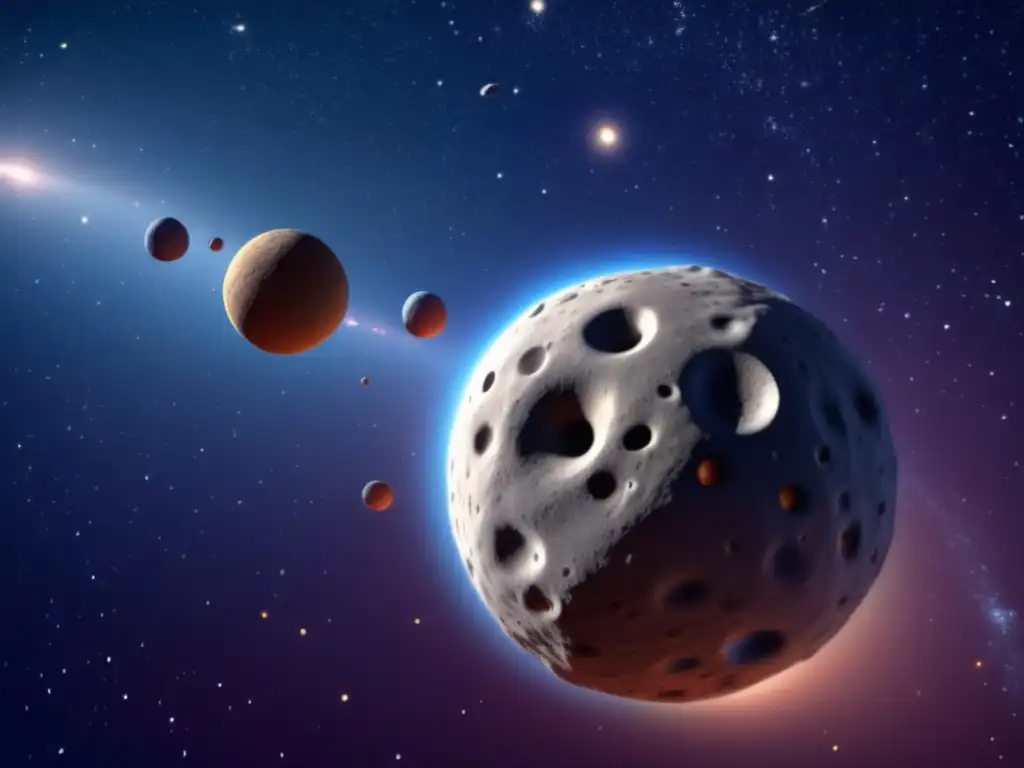
For further information on asteroids and related topics, please visit the following resources:
- Asteroid Realm - Explore a comprehensive collection of articles and resources dedicated to asteroids and their significance.
- NASA - Asteroids and Comets - Learn more about NASA's research efforts and missions focused on asteroids and comets.
- ESA - Asteroids and Comets - Discover the European Space Agency's involvement in the study and exploration of asteroids and comets.
 Antiope: The Double Asteroid – A Comprehensive Analysis
Antiope: The Double Asteroid – A Comprehensive Analysis Asteroid (29075) 1950 DA: A Risky Future For Earth?
Asteroid (29075) 1950 DA: A Risky Future For Earth? Ryugu: The Target Of Japan's Hayabusa2 Mission
Ryugu: The Target Of Japan's Hayabusa2 MissionIf you want to discover more articles similar to Unraveling The Mysteries Of 1999 KW4: A Binary Asteroid, you can visit the Asteroid Profiles category.
Leave a Reply

Articulos relacionados: